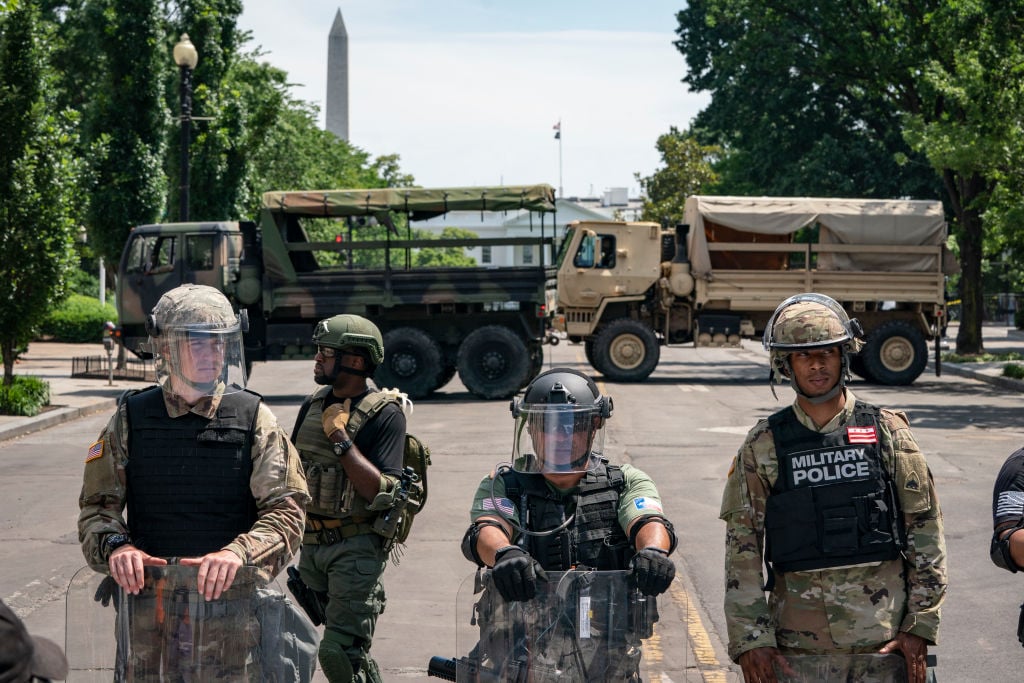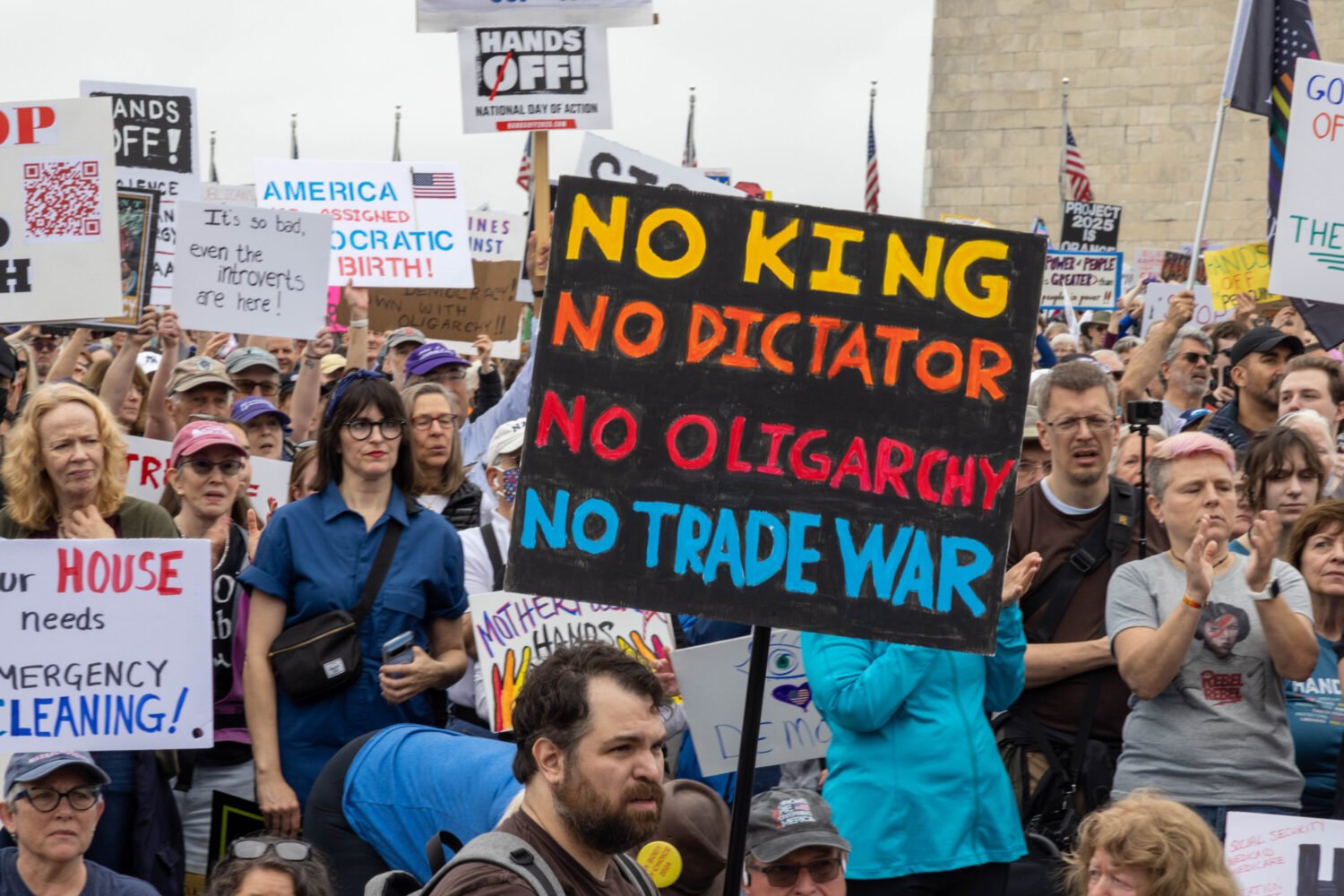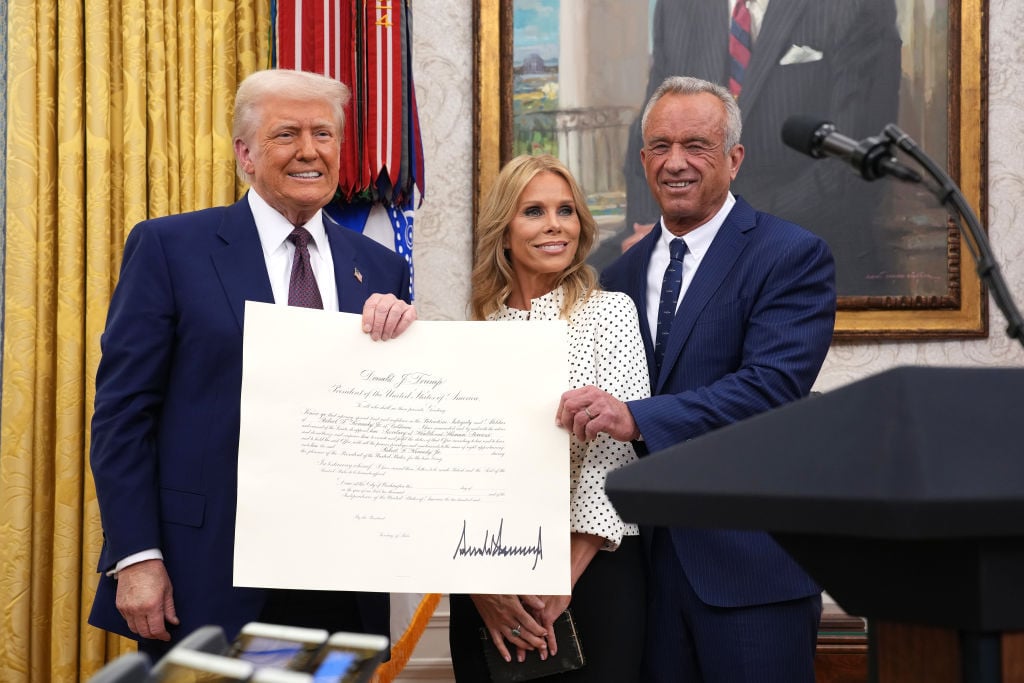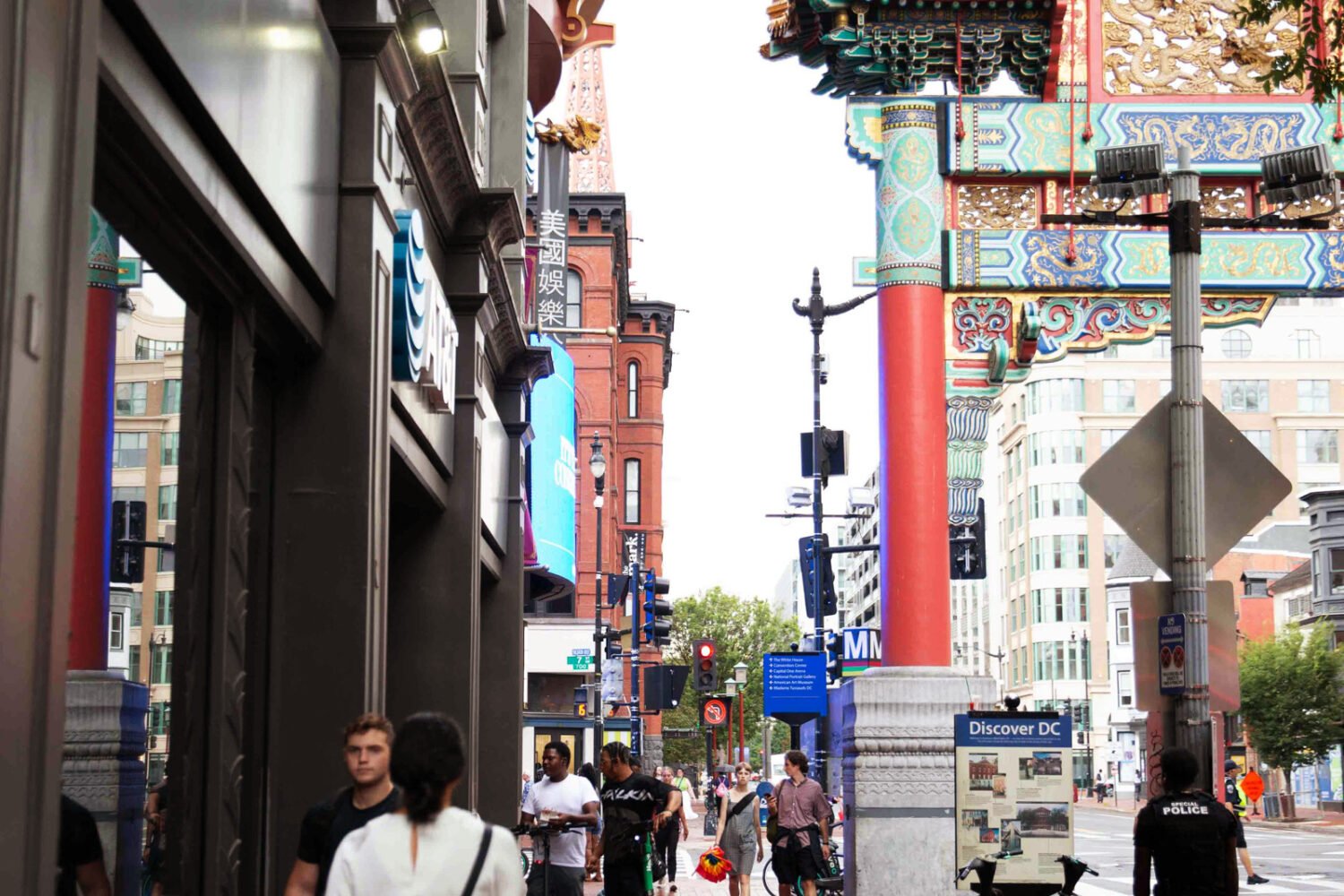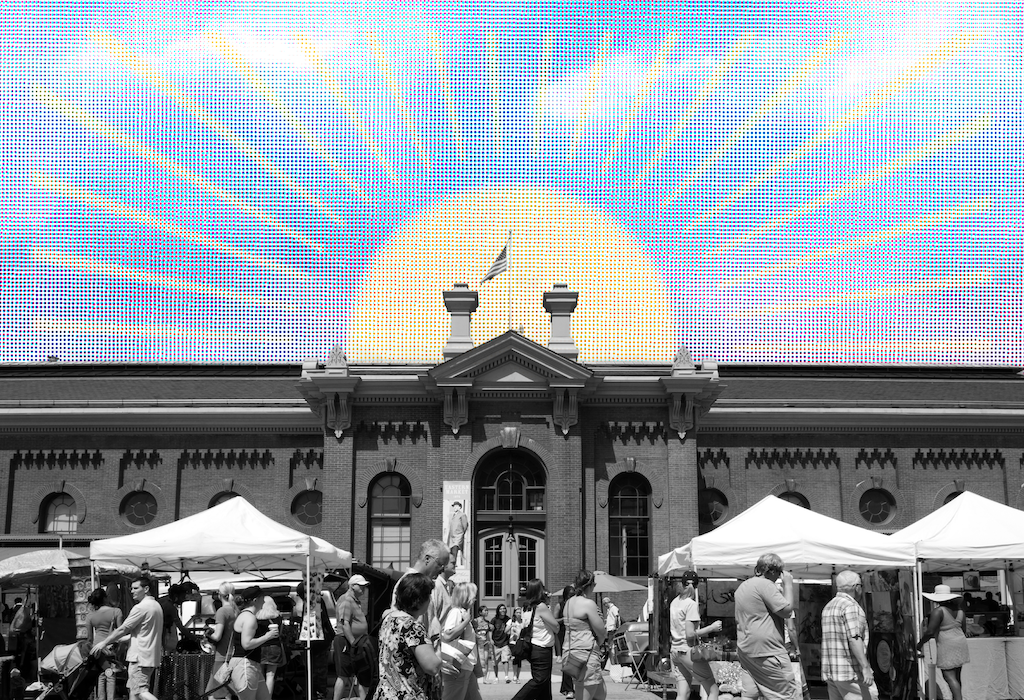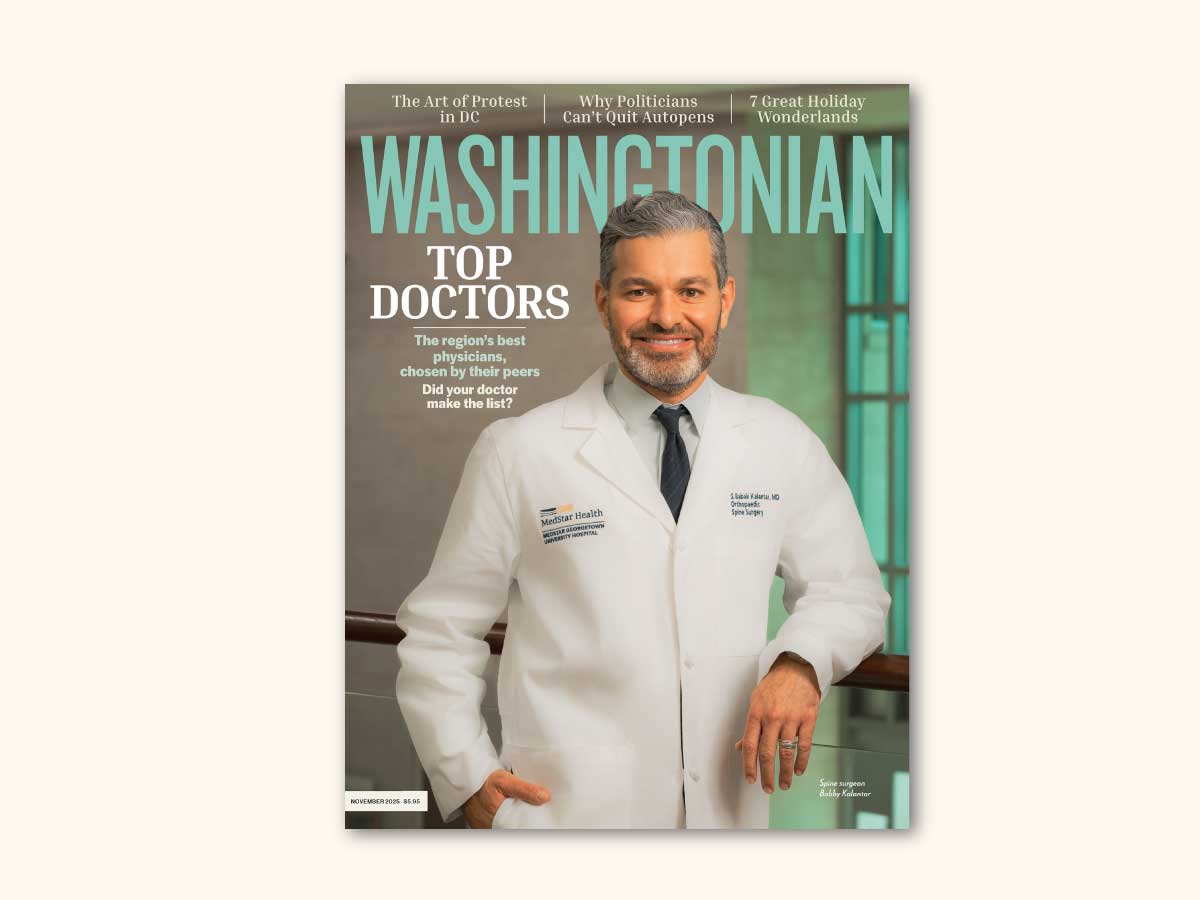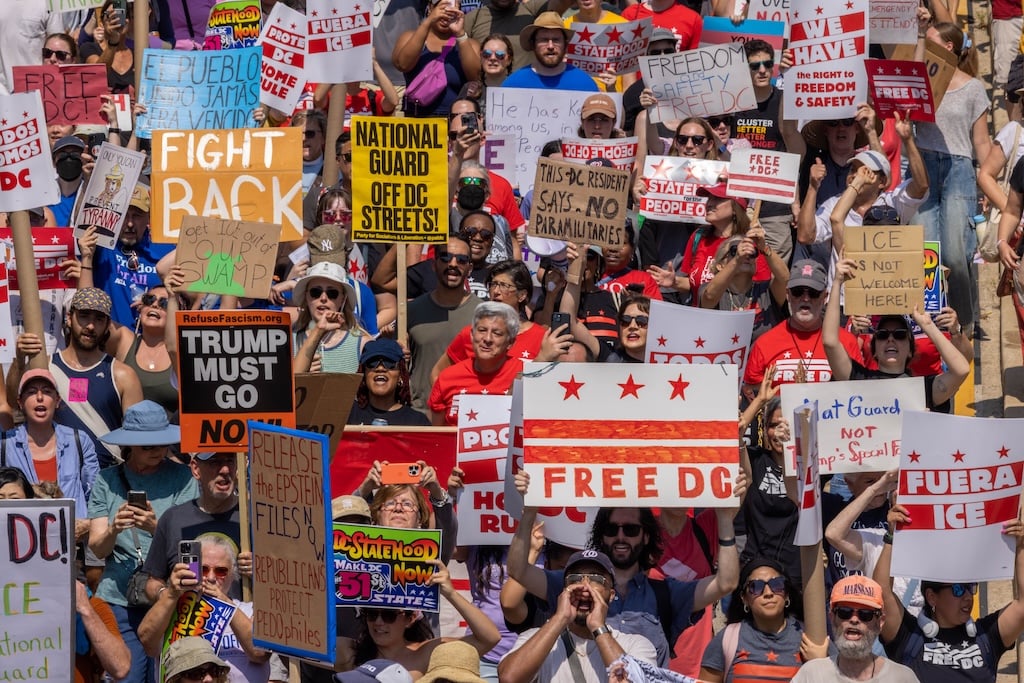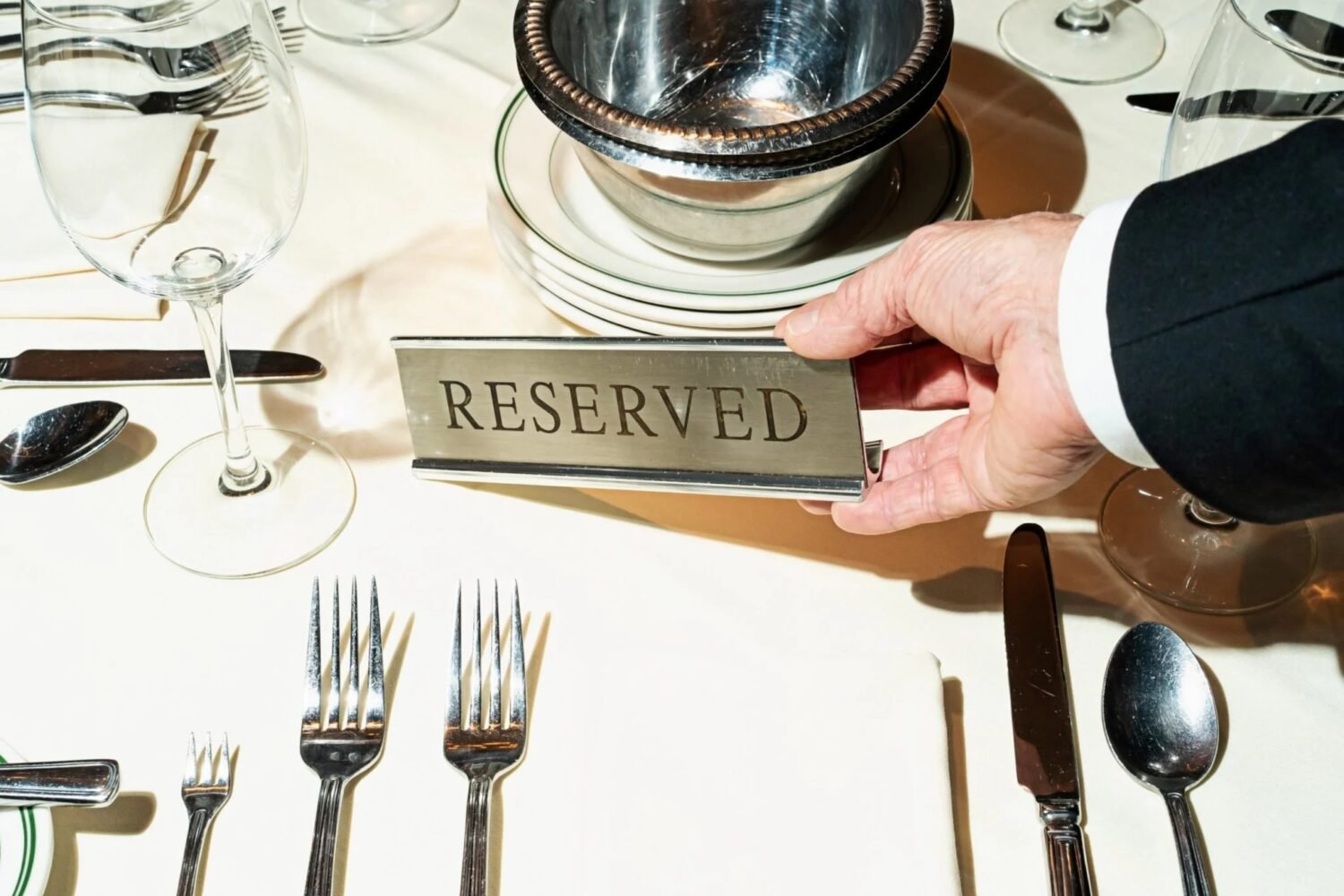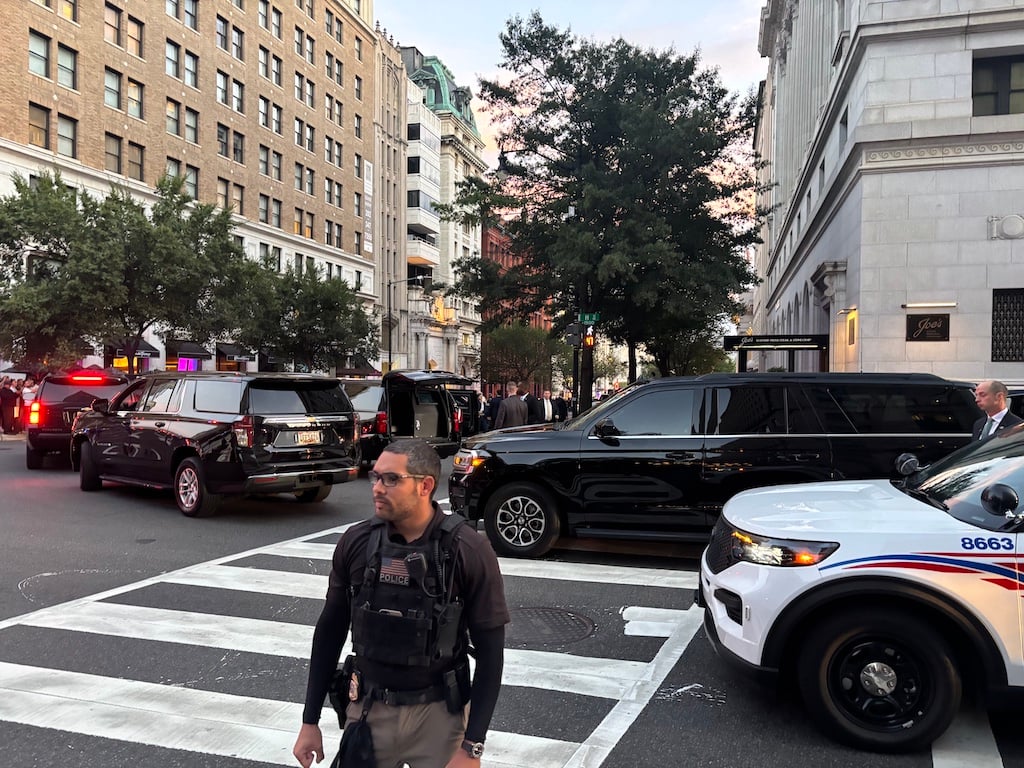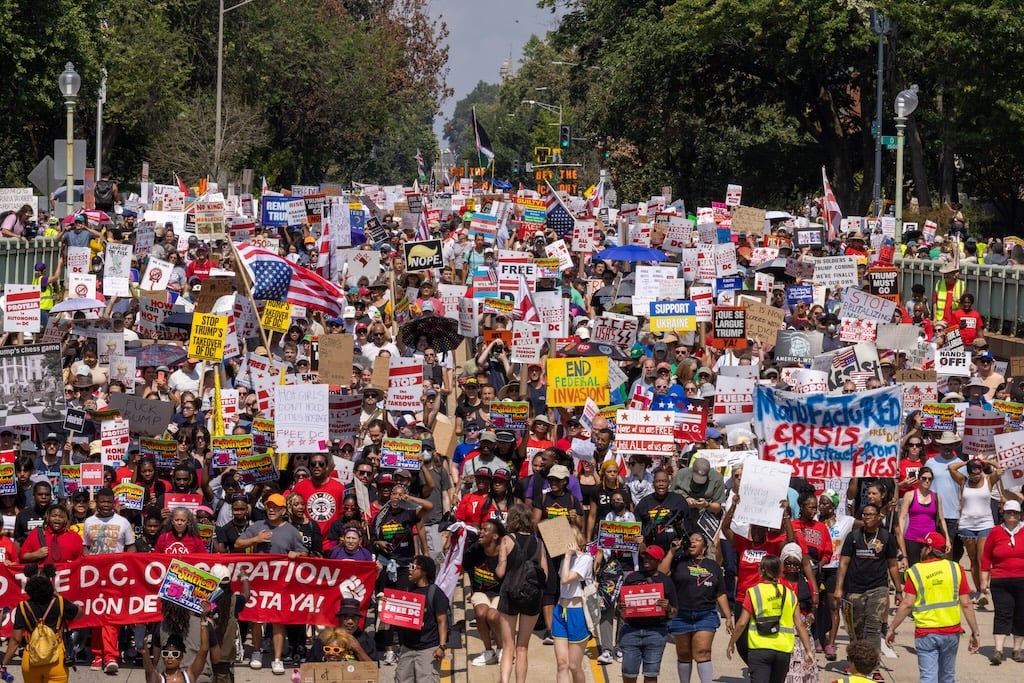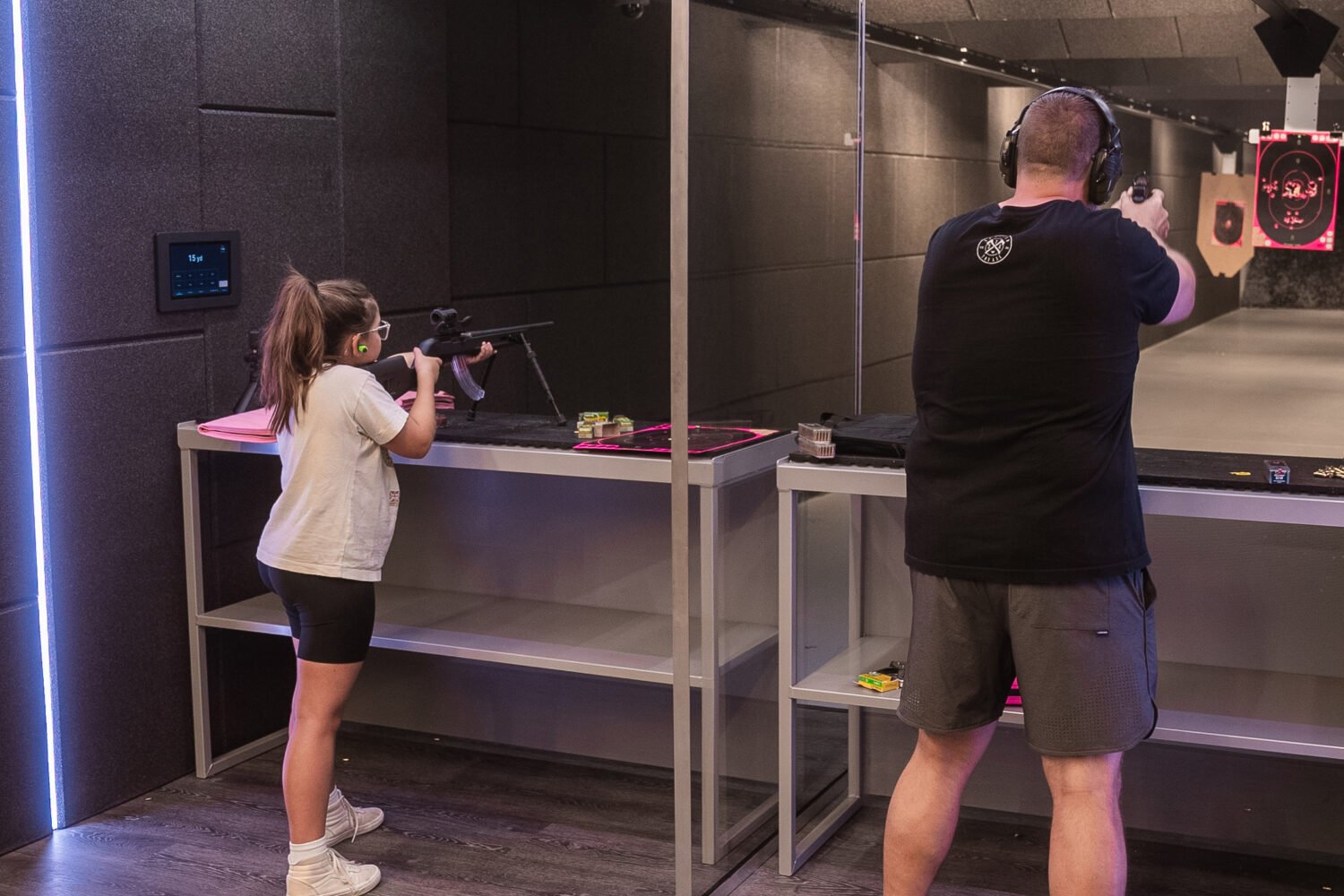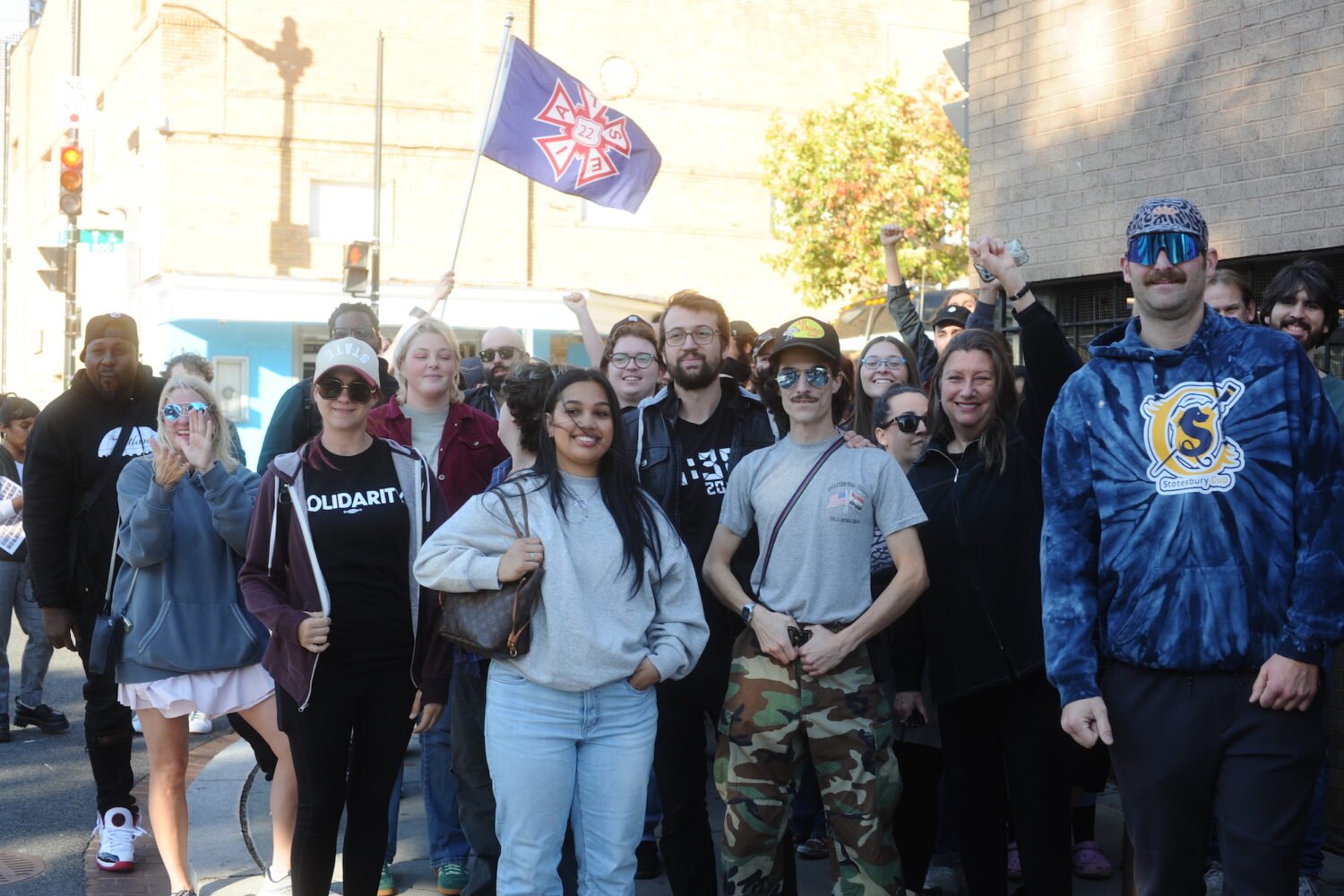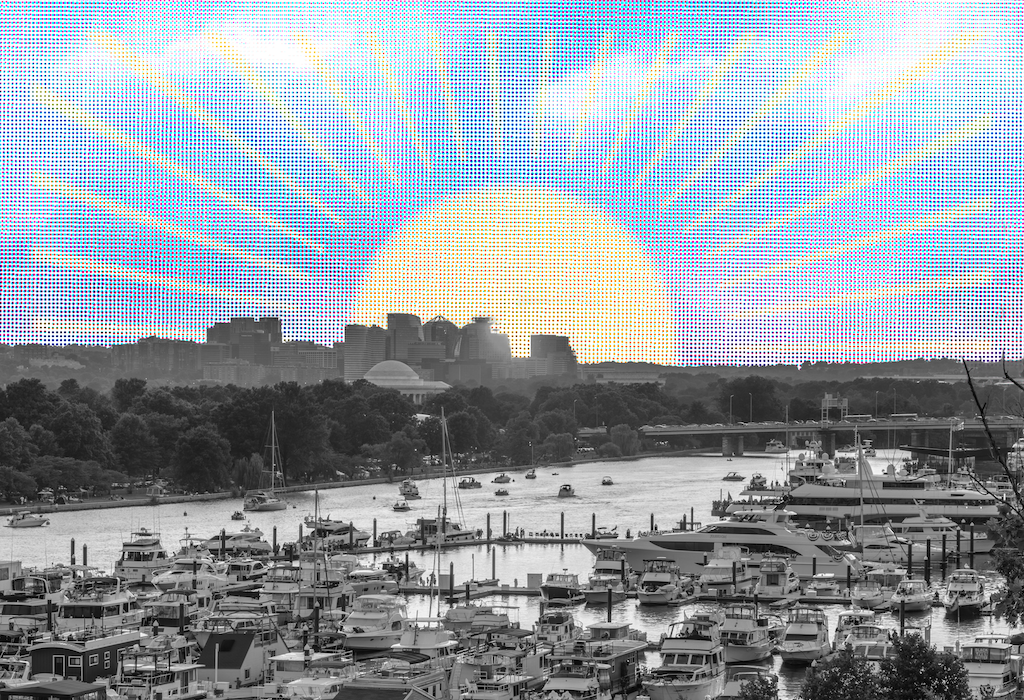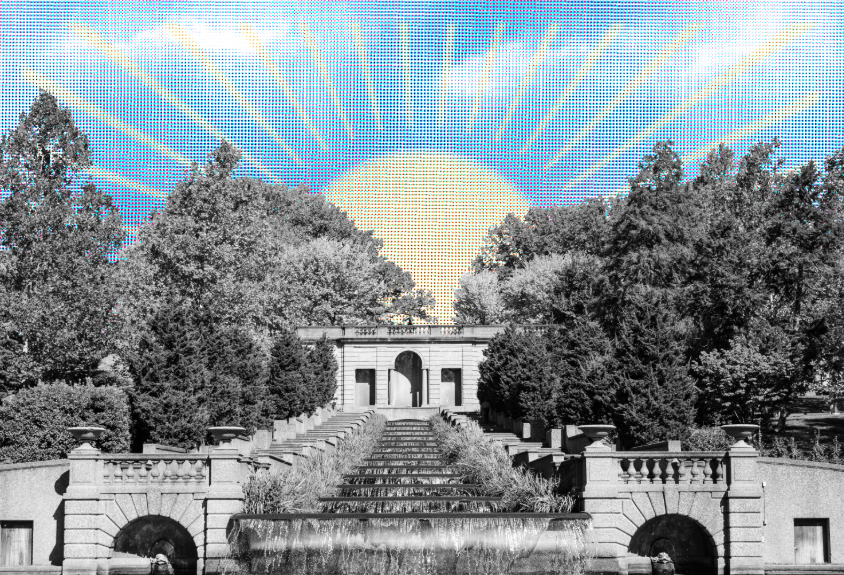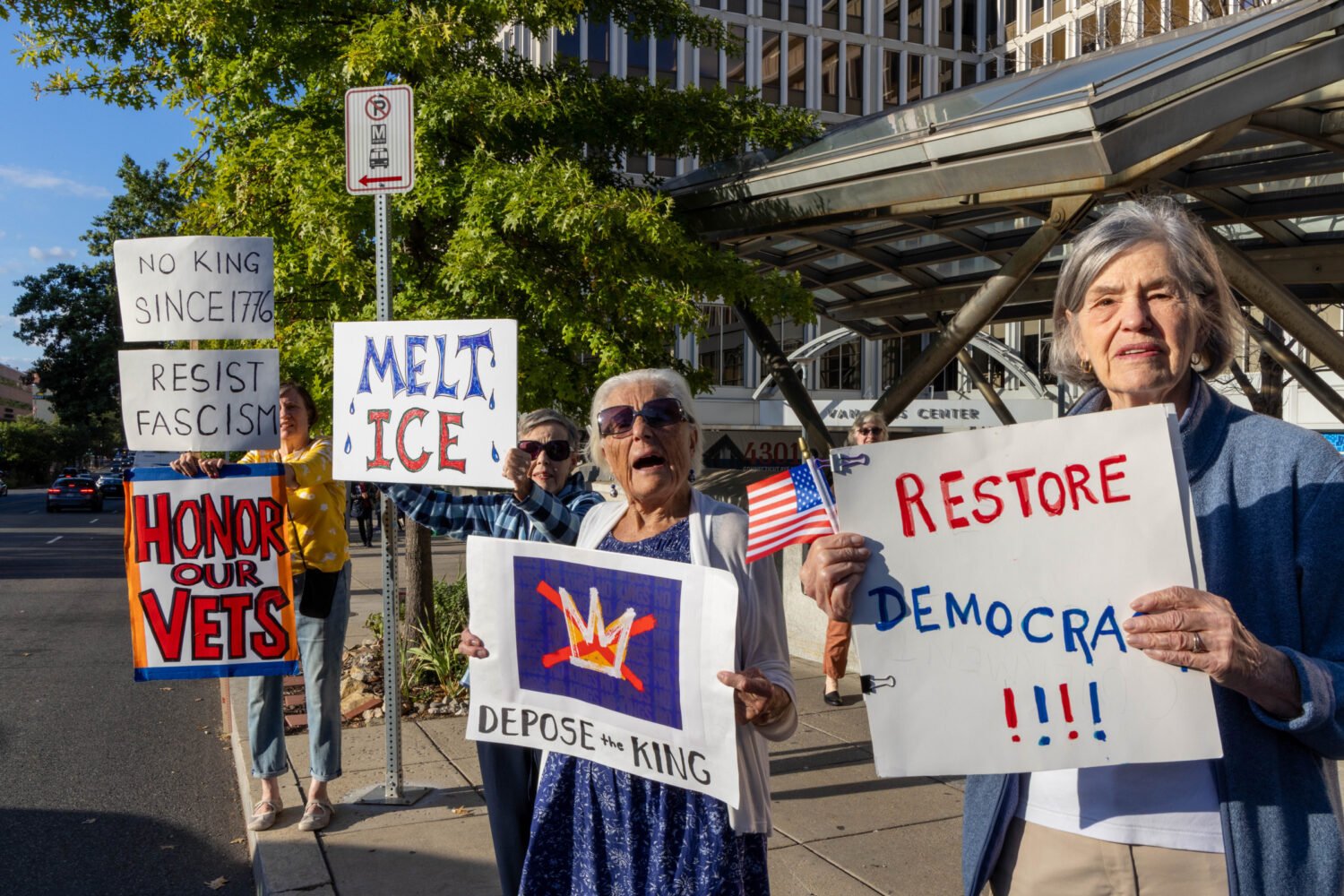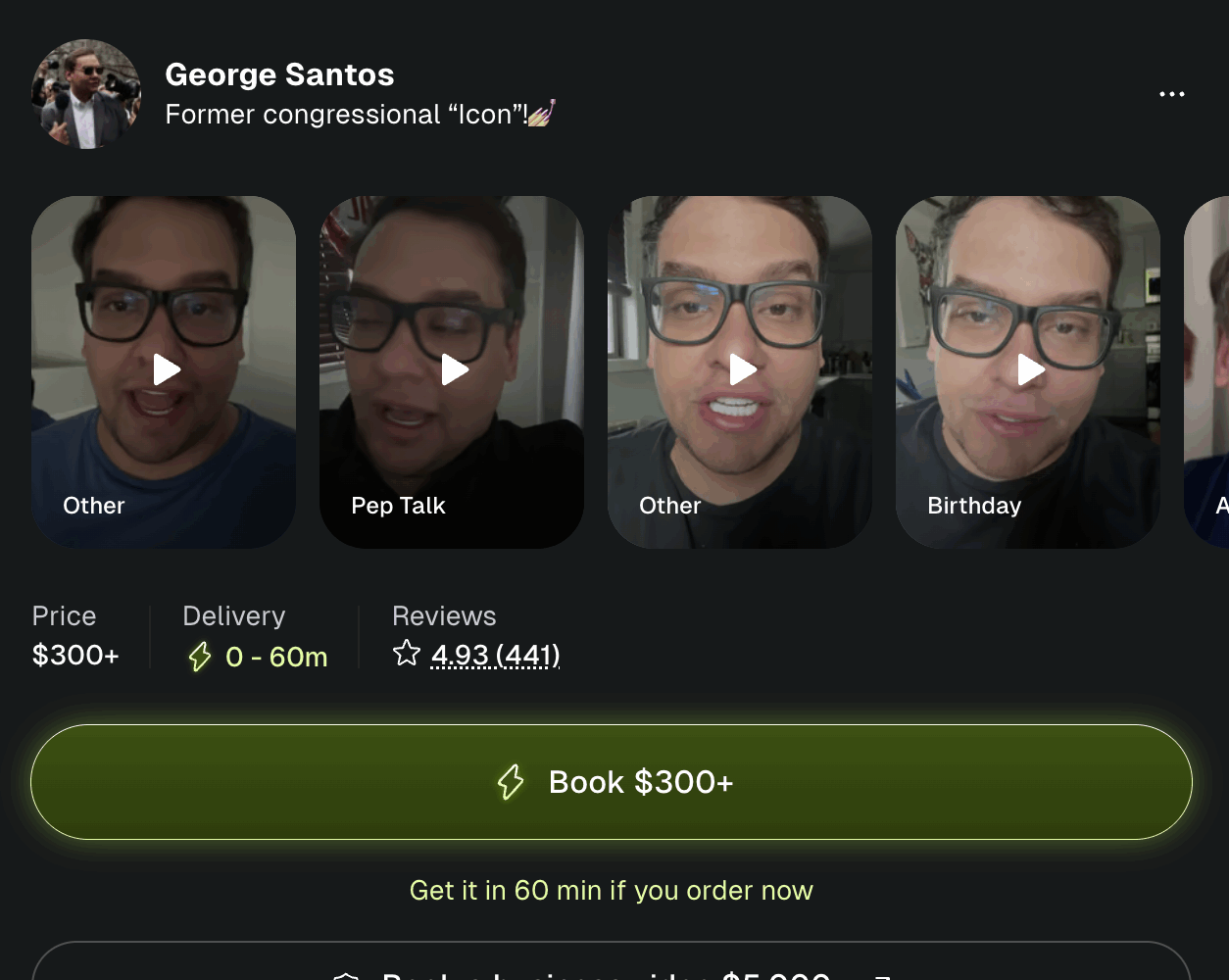President Trump ordered National Guard troops to attempt to quell protests in Los Angeles over the weekend. It’s the first time since the ’60s that a President has imposed troops on a state without its governor’s request, and California plans to sue over the order.
Residents of DC can only look on that suit wistfully–while the mayor of DC can request the District’s National Guard to be deployed the request must be routed via the Guard’s commanding general, then the Secretary of the Army, and ultimately the President. That unwieldy structure, unique among US jurisdictions, contributed to the chaos on January 6, 2021. Two days earlier, DC Mayor Muriel Bowser had requested Guard deployment, and on the day Trump’s fans mounted an insurrection attempt at the US Capitol, it took hours for help to arrive, a failure that Trump, characteristically, blamed on Bowser.
Trump deployed National Guard troops from 11 states in addition to DC during protests here the summer before the Capitol riot. Uniformed troops and matériel became common sights on District streets. Trump’s administration floated taking over the DC police, too, Bowser testified before Congress, because “They didn’t want protests outside of the White House.”
Indeed, while the situation in LA is very much to Trump’s liking because it allows him to trumpet his rather selective view of public order, he spent much of 2020 in a defensive crouch. More and more fencing appeared around the White House after Trump retreated to a bunker during protests following George Floyd’s murder. (And now, the fences have begun to reappear.) Trump’s order in the matter of California raises the possibility that governors from red states could send troops there, which would probably escalate tensions in the Golden State dramatically. But in DC, interference from the feds and from other states would be nothing new.

